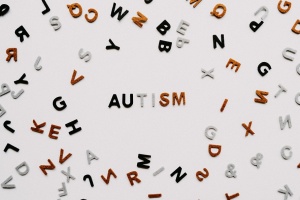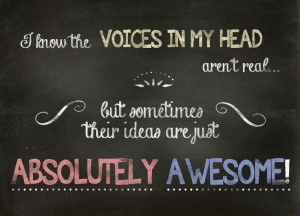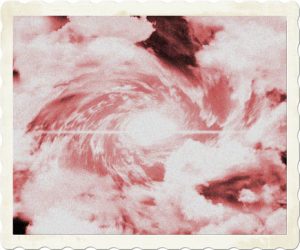
Photo by Annie Spratt on Unsplash
You Should Know (Y is for You)
I’m on the spectrum. Like many autistic people, I have sensory issues. Noise has a physical feel against my skin, more sources means a bigger reaction. Level of sound, pitch of sound, how crowded it is, how tired I am, time of day. All impact the pressure. For visual, a busy activity with lots of moving parts is overwhelming. I like simple lines for my furniture. Food flavors, I need simple in the morning, but as the day goes on, I can have more variation off of normal. By nightfall, Doritos are fine.
I have social issues reading people, and from how people have responded to me over the years, my inability to give the “right” body language back, makes them uncomfortable. I suck at job interviews. My wordings when speaking and writing are not-neurotypical.
Best example of this. At a Christmas party, someone was explaining how their chronic disease was progressing and how they were sad that they might miss a milestone in their child’s life.
Now, my autistic self knows the rule of “don’t tell someone it is going to be okay, when it isn’t.” So I didn’t do the poo-haw that everyone else was attempting of “no, the disease isn’t that bad” or “they might come up with a better medicine.” Instead, I said, “You might linger.” The chronic disease was, you know, chronic, so progression was slow. I was trying to give her hope of seeing the milestone because she might survive that long.
Everyone stopped talking and stared at me.
I wish I could say this was the only time I was completely out of “normal” social line, but it is just one of many examples.
BTW, I still stand by that emotional support. I didn’t want to lie or create false hope. I still think lingering was the truest, closest to reality answer for her situation.
Anyway, Juliette Dunn posted on 1/31/2020 to Mythcreants, “Six Things Writers Should Know About Autistic People.” If you have any questions related to the article based on my particular experience with the different mental wiring, write them in the comments below.


